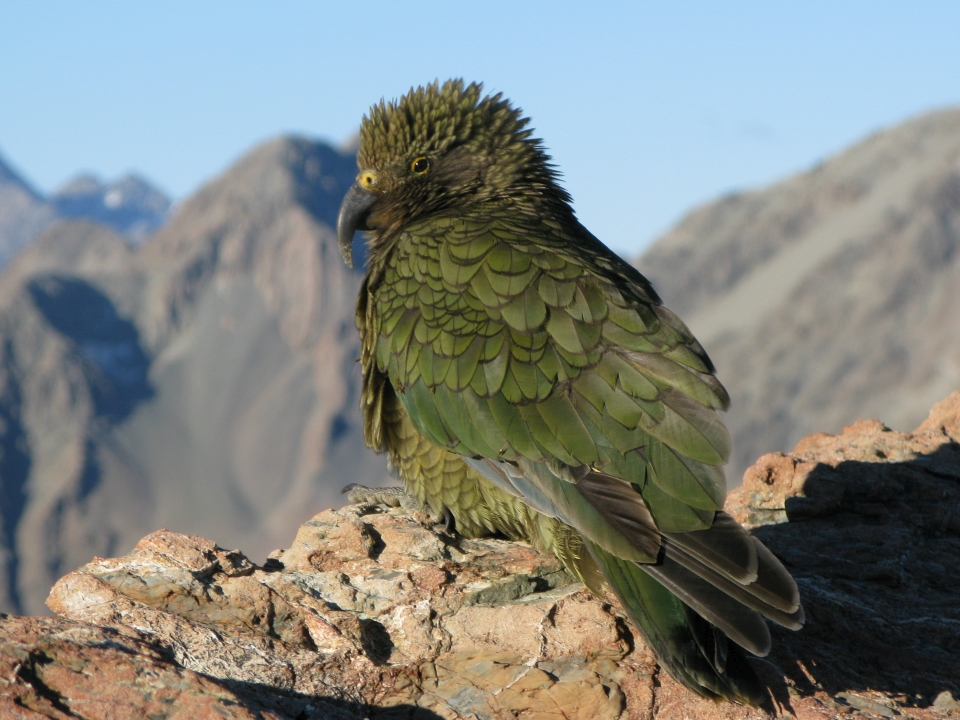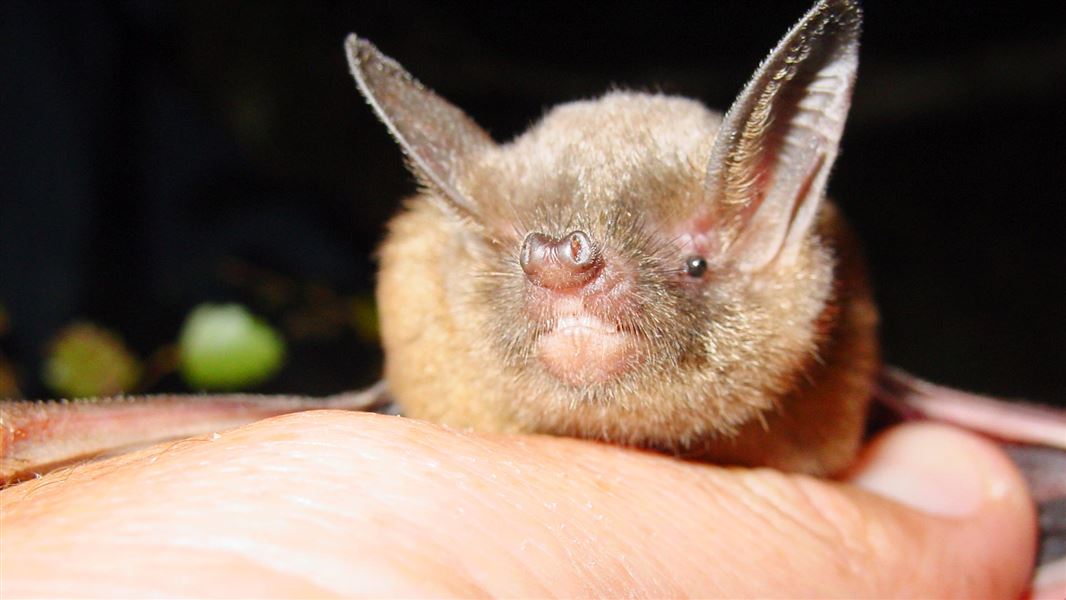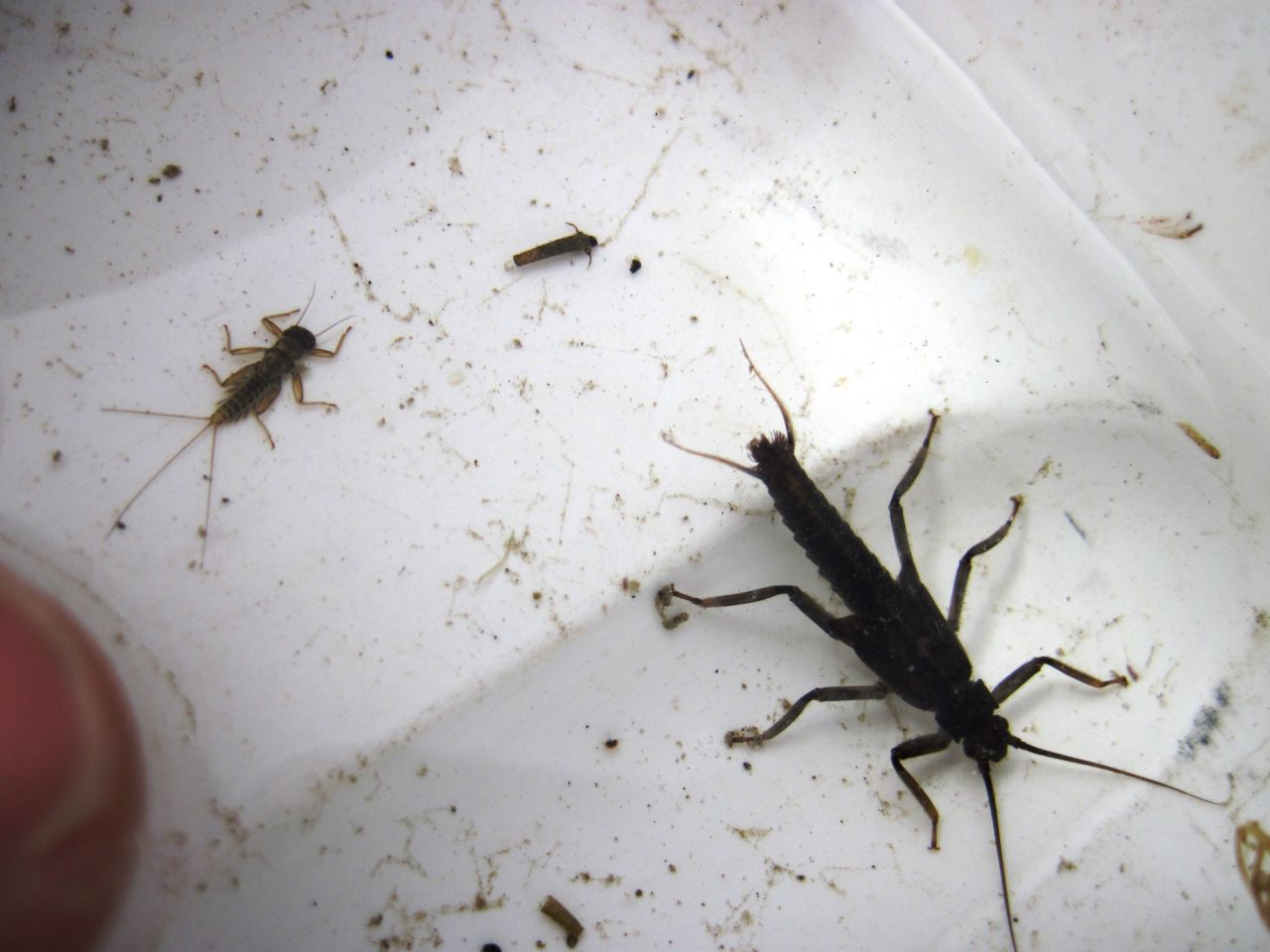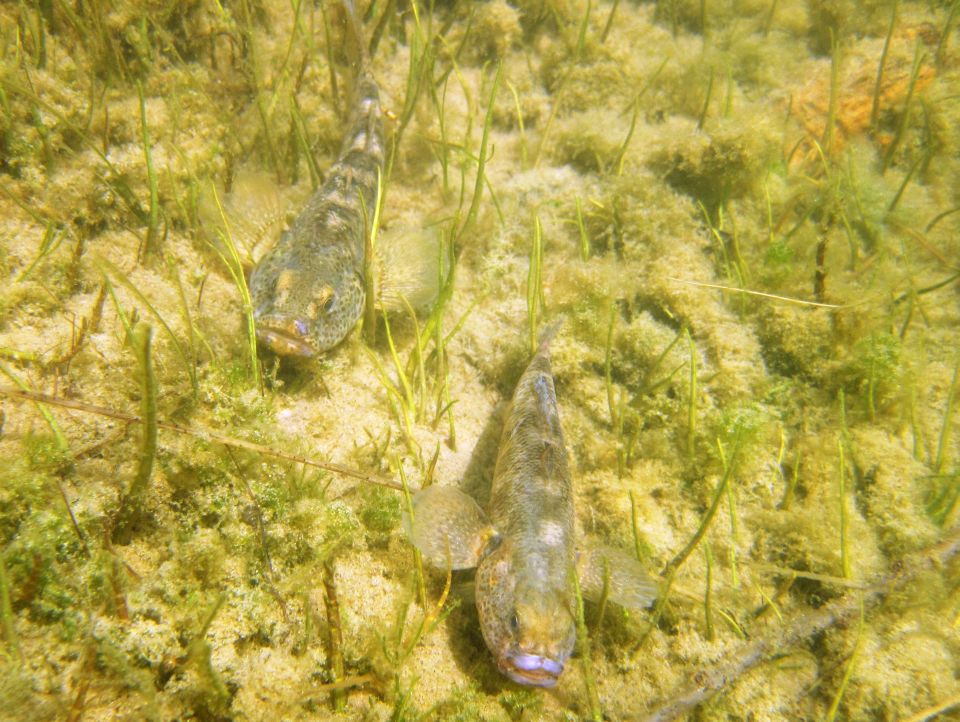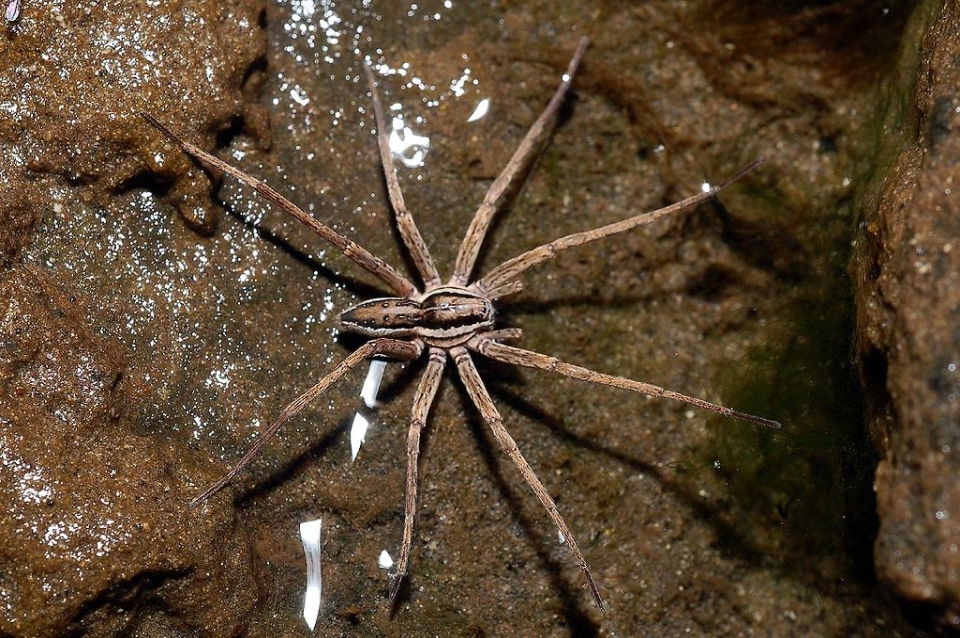New Zealand was once almost covered in forest, with hundreds of bird species. As people cut down forests and brought rats, possums, stoats and cats from overseas, 50% of bird species became extinct.
Only four types of frog remain, but tens of thousands of different insects (such as stick insects and wētā) thrive in most habitats. The only poisonous native animal is the katipō spider, living on sandy beaches.
What is missing?
Unlike most places on Earth New Zealand has no land mammals apart from two surviving bat species. There is no evidence that reptilian groups such as iguanids (a type of lizard) and snakes ever established in New Zealand. Groups such as ants, and many other families of animals without backbones, are also poorly represented.
Ancient relics
Among the most distinctive life forms are ancient animals from the supercontinent Gondwana. The land that was to become New Zealand broke away from Gondwana some 85 million years ago. Some examples of ancient animals that have descended from Gondwanan ancestors include:
- tuatara
- skinks and frogs
- velvet worms (peripatus)
- native wrens
- mayflies
- caddis flies
- sandflies
- and at least 170 species of earthworm.
Birds
New Zealand is known as the seabird capital of the world. New Zealand is also home to many forest birds and three species of mountain bird. The South Island’s large kea parrot, a native pipit and a rare, tiny rock wren all live in the mountains. The rock wren forages under the snow in winter.
A common feature amongst some New Zealand birds is that they cannot fly. Many New Zealand birds are also very long-lived, and have slow breeding rates, as well as small clutch sizes and large eggs. Several species are nocturnal, and others have a large body size. All these features have contributed to their extinction or decline.
Tuatara, reptiles and frogs
Two species of tuatara (a lizard-like reptile) once lived in New Zealand forests. It is thought that Pacific rats preyed on their young, eradicating them from the mainland. They survive only on offshore islands or in mainland sanctuaries. Some 30,000 live on Stephens Island in Cook Strait. Most of New Zealand’s 80 or so lizard species are forest dwellers. Frogs were once much more widespread, with seven primitive species common on the forest floor. Four species survive as remnant populations.
Freshwater fish
New Zealand has 58 native freshwater fish species. Some species such as whitebait are migratory. They move between fresh and sea water environments to complete their life cycles. Non-migratory species such as mudfish spend their entire life in freshwater. Native fish are often secretive and can be hard to find. They tend to feed at night and hide during the day. Three kinds of native eel, a lamprey, two smelt species, seven species of bully and 25 species of galaxiids are found in New Zealand waters. There are also kōura (a small edible crayfish) and, more rarely, freshwater mussels.
Insects
There are about 20,000 insect species in New Zealand. Insects are plentiful on sea coasts, forests and mountain tops. Many insects hide underground, in rotten logs, or in places where you have to search for them. New Zealand’s insects also tend to be small and dull-coloured compared with those seen in tropical areas.
Spiders
Spiders are not insects. They belong to a group called arachnids, which includes mites and scorpions. Insects have six legs, while arachnids have eight.
- Most spiders have eight eyes.

- They have jaws with fangs and eat insects.
- About half of all spiders make silk webs to catch prey. The others are hunters.
- Spider silk is the strongest natural fibre known.
- Spider silk is used to trap and wrap prey, to build nests, as a safety line if the spider falls, and to protect the eggs.
- New Zealand has about 1,100 named native spider species.
- Spiders live everywhere, and you are probably never more than a metre away from a spider.
Ready for a quiz? Try the "Animals" interactive activity.

